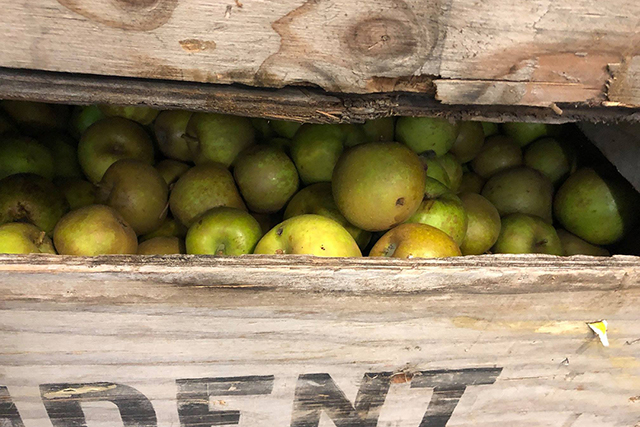
Being unique as a cidery when compared to the craft beverage world is pretty unique as it is. But competition from both larger entities and other fellow craft cideries is beginning. Being aware of that and looking to be more competitive both in-house and on retail shelves can be a key to success.
John Staples said he and his Fairweather Cider team knew when it was in the planning phase that to succeed, it would be relying heavily on grocery store sales to get volume right out of the gate. A trip to the grocery store helped solidify the idea of going into 12-ounce cans at the get-to.
“Seeing as all grocery shelves (in Austin) are designed to fit 12oz cans efficiently we decided not only on 12 oz but four-packs to max that grocery space out and to also come into the market at an approachable price point,” Staples explained.
That meant having a striking look as well.
“Packaging in grocery stores typically gets an average of three seconds of eye contact with potential end-consumers,” Staples added. “So we had our designer, who has a very loud illustration style, go wild and max out the space on the can to try and increase that three seconds as much as possible.”
Fairweather’s look in cans along with being new, local and loud in an underrepresented category really helped in the retail world, he said, especially since they were only able to visit accounts every few weeks.
Staples noted that the illustration style quickly lent itself to the brand having an ability to adopt more of a ‘party’ brand aesthetic and break away from a more traditional cider connotation.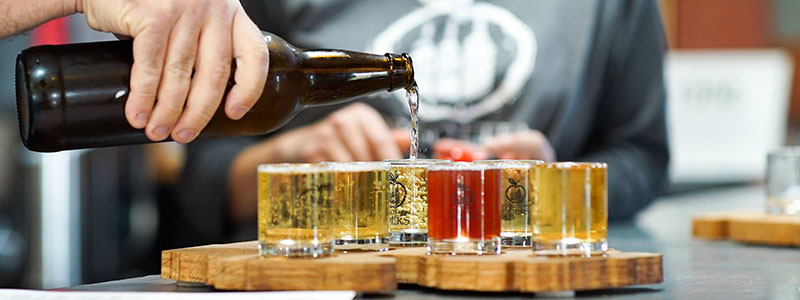
“I think there is a time and place for everything but most of what you can get in Texas is either macro or something mysterious and esoteric,” he pointed out. “Our cider is super dry, crisp and very accessible so we wanted to have fun approachable artwork that would sort of invite the end consumer to the ‘party’.”
Growth has now became a two-part discussion for Fort Wayne, Indiana’s Kekionga Cider.
Co-founder Tyler Butcher wants to increase sales in the tap room by having more taps, live music, food vendors and such. But they also have had discussion about an additional tasting room — or rooms — in other parts of the region.
“We are beginning to make moves to be more aggressive in our retail distribution,” he said. “We have increased our target areas to expand outside of Northeast Indiana. We locked in our four core flavors for package and keg sales.”
Learning to become better educators and being able to cater to a more informed and principled consumer has been a growth key for Civil War Cider, said Rob Antanitis.
“We have become dynamic in our cider production to make sure we are regularly introducing new products into the market – while keeping our core eight ciders on tap at all times.”
When St. Vrain opened in 2016 it was the only cidery in Boulder County. There are now two others open, Acreage by Stem Ciders in Lafayette, Colorado and BOCO Ciders in Boulder, said Cindy Landi. Sharing the knowledge of all those brands is helping lift everyone she pointed out.
“Our taproom is a destination for Colorado cider so we carry both their products on regular rotation,” she said. “I really think of the growth of the industry more as an opportunity to share more cider flavors and styles with our customers vs. being in competition with one another.”
Mary Paulson said when Poochie’s Hooch Urban Cidery opened she tried to please and listen to everyone. That got her in trouble. She lost money on food trucks and other such amenities that the San Diego craft beer scene may have.
“I have found that I need to re-educate, re-program, people as they come in for the first time,” she said. “I realized that their vision of a cidery was a local hang out for families that was a bar/restaurant. And that is not a cidery or winery.
“I am learning to stick to my original plans, my original theme, do what I know, listen to my customers, but explain why they can’t get the same service as a brewery tap room.”
Ploughman Cider is still feeling its way through that growth stage and Ben Wenk said what differentiates his brand from much of the cider in his market is the direct ties to his family’s seventh-generation farm.
”We grow the apples ourselves and have a better handle on the raw ingredients that way — often growing unique apple varieties of a bittersweet and bittersharp characteristic that our neighboring orchards who don’t make cider themselves are not considering growing,” he said. “But we’re also taking the opportunity to embrace the “frontier” mentality and innovation we’ve seen in craft beer to experiment with a few fun ideas where it makes sense to do so.
”What we need to learn about ourselves is what that balance is — cider made from apples only and cider with a fun innovative appeal. I think how we define that for ourselves will be a part of how we stand out from the crowd.”



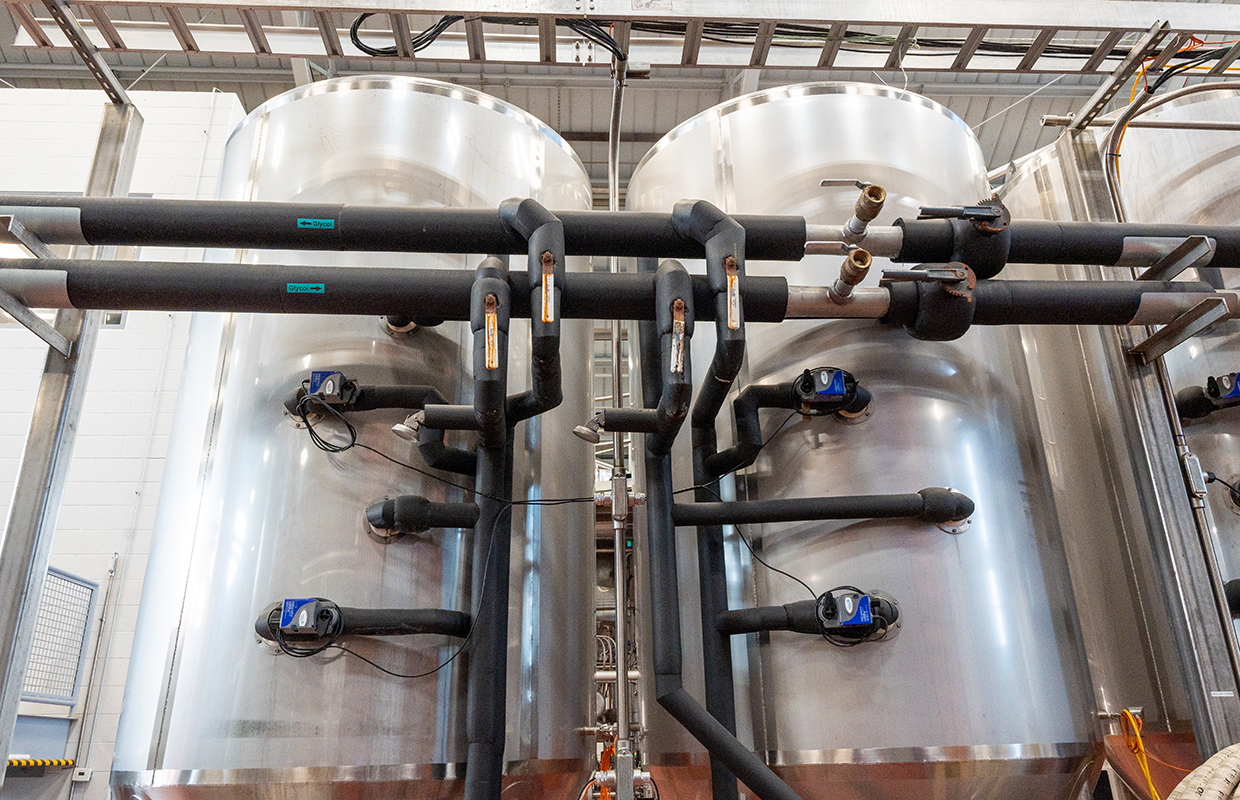
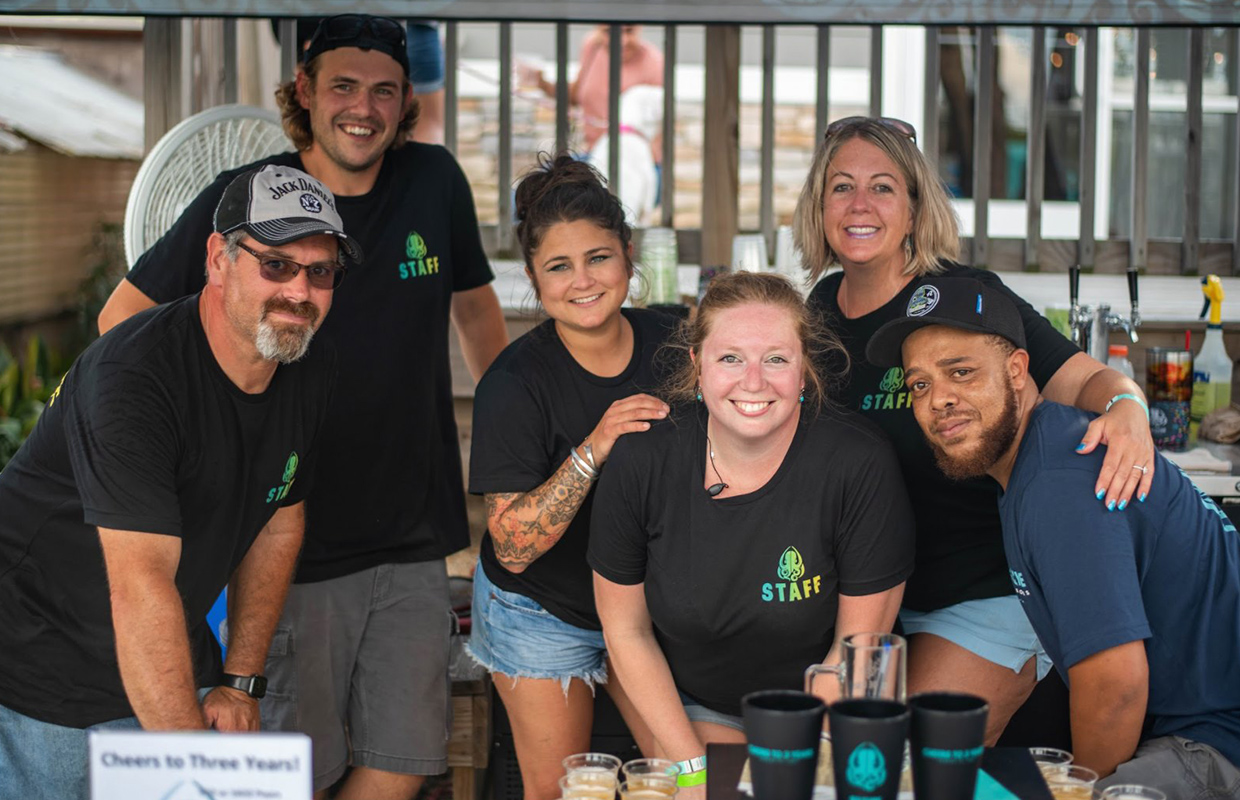
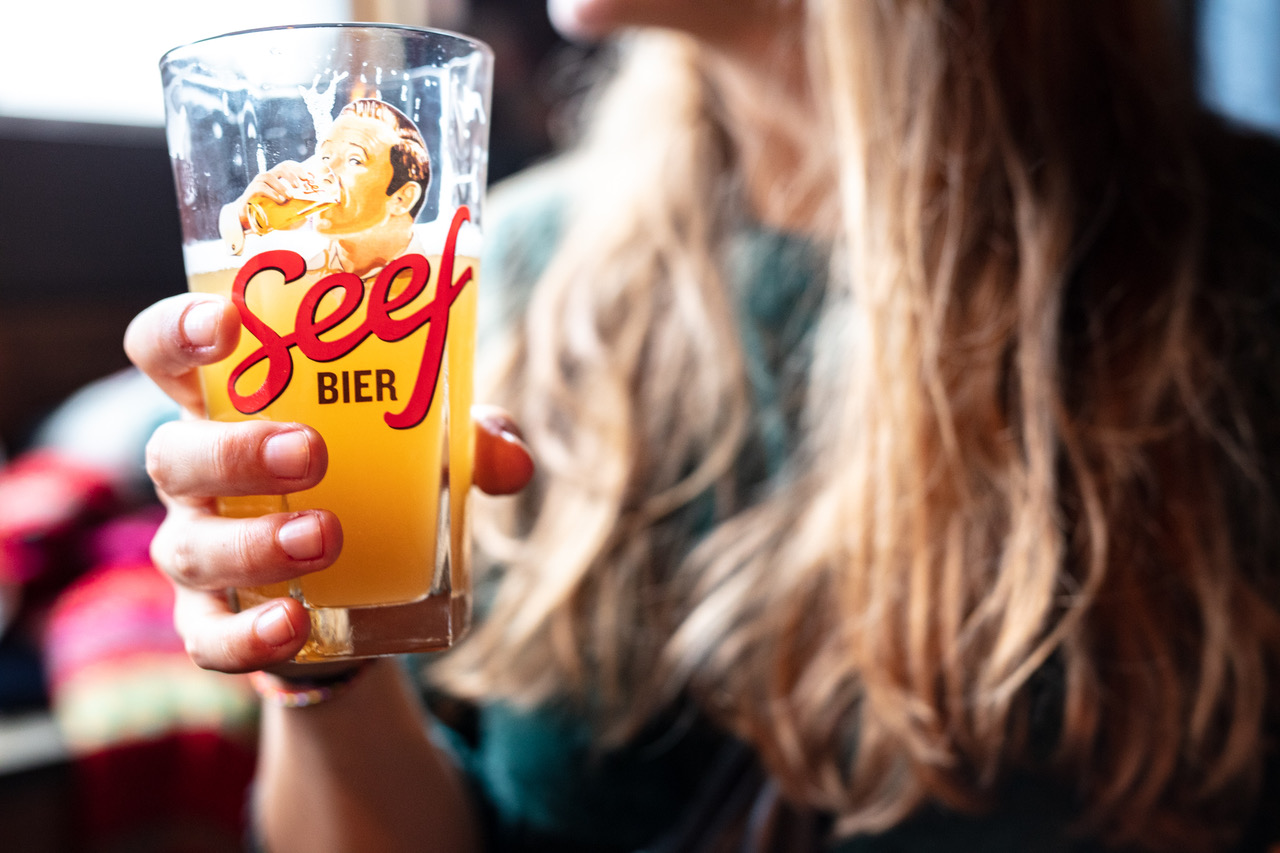
3 Trackbacks / Pingbacks